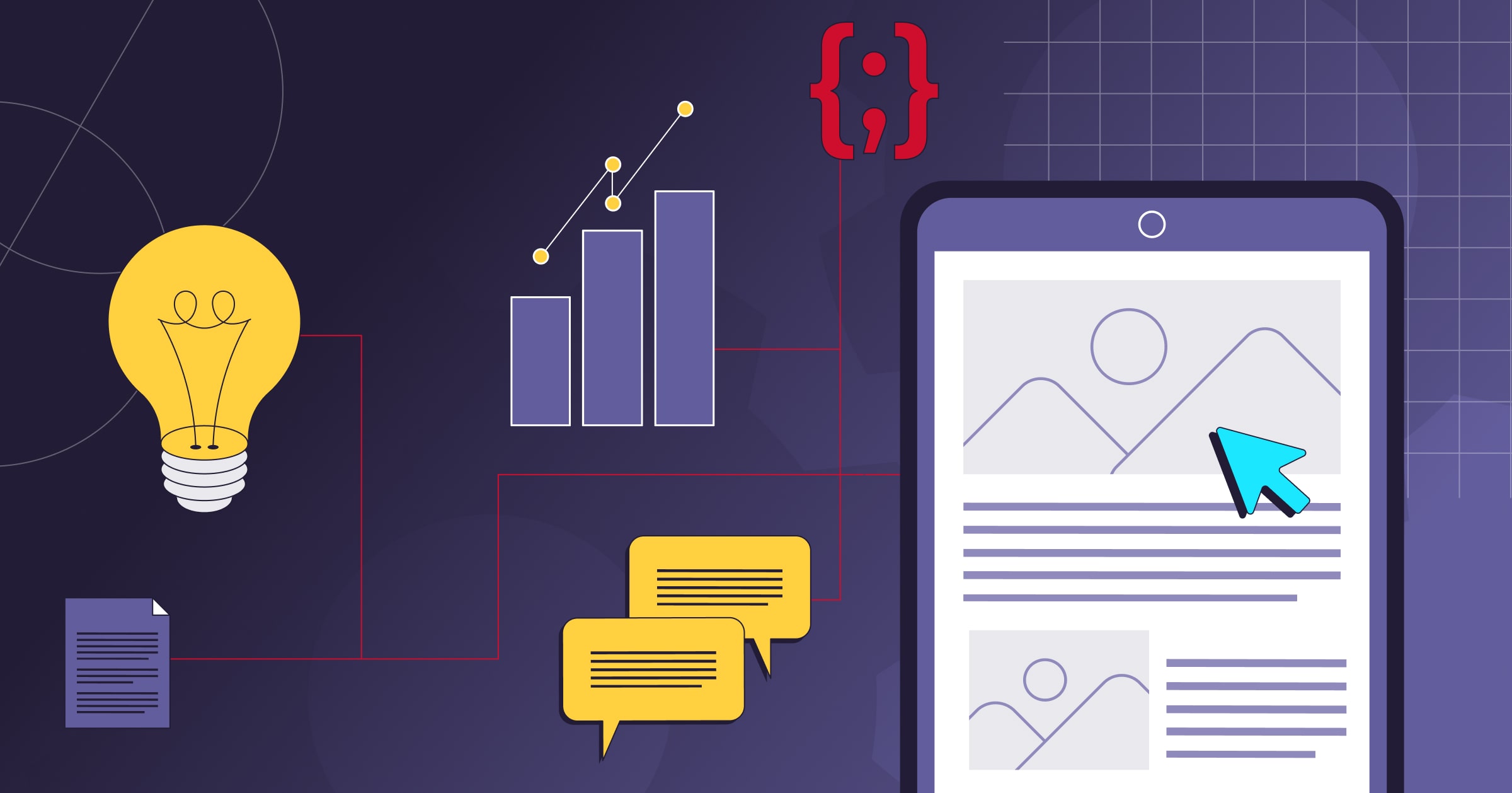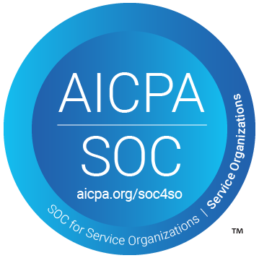Oracle Responsys is a leading campaign management platform that, like most leading MAP/ESPs, integrates securely and seamlessly with the Stensul Email and Landing Page Creation Platform. Although Stensul lets Responsys users be much more efficient with their email creation activities, employing these experts tips and tricks can help save even more time.
Leave notes for fellow users
If you’re building an email in Responsys, experience has shown it’s beneficial to leave notes, in the form of a simple document, on the campaign for other users to make sure everyone knows what needs to be done, where things stand, and who’s responsible for what tasks associated with this effort. It’s the simple kind of thing that helps ensure everyone is informed and aligned. That’s especially useful if the team is jumping into campaigns that were set up some time ago. Even if there’s general familiarity by those involved, forgetting about some detail can often happen.
Making certain any campaign’s needs and functions are clearly explained to other users in the platform will make the creation process smoother. More than a time-saver, it’s a problem avoider to make a quick view of key campaign details available in a document or in a workflow that’s easily accessible by anyone who might need to view the campaign and make edits.
Which digital signal should you be using?
Another way to make using Responsys efficient is to determine the digital signal or trigger that works best for your communication. You can trigger an automation within the program using several different methods. For example, there are timed filtering or grabbing a predefined audience at a recurring time, Web Services API Calls, Form Posts, and SMS keywords, among others.
When building out your program, its best to first ask, “How immediate should this communication be?” or “Should this trigger be based on an action rather than a defined audience segment?”
From there, it should be easy to start narrowing down your method of kicking off a program. For example, a customer making a point of sale (POS) transaction may benefit from a near-real-time message based on the product category, which may warrant an API call from POS to Responsys.
You should always consider the customer experience. The objective is to put yourself in the seat of the customer receiving your email. Is your communication timely enough for them to take an action and also relevant to their buyer profile? This is a general rule of thumb for all marketing communications, but is also highly applicable to email. Often, we tend to “set it and forget it” when it comes to an automation, but it’s important to constantly evaluate your engagement to determine if your audience is responding as expected. If you’re not achieving the desired results, you can easily modify your program and related assets.
Set the tables
Within the Responsys platform, you can create profile extension tables (PETs) and supplemental tables. A PET is a table used to store additional attributes that define behavioral, demographic, or profile preference characteristics of your contacts. They allow you to use information for specific queries and data transfers. PETs are aggregated and only allow for a 1:1 relationship with your contact list. Supplemental table data is used for personalization of your campaign message or form content. They allow for a 1:many relationship with your profile list.
Personalization is important in email because your audience wants to feel their individual needs and concerns are taken into consideration by the organizations they form relationships with.
Observe field naming requirements
And finally, here are some easily forgotten tips that Oracle reminds users of in their help center:
When naming fields in the Profile Lists, Profile Extension Tables, and Supplemental Tables, observe the following guidelines:
- Must be 30 or fewer characters in length.
- Permitted characters: A-Z a-z 0-9 , $, # and _ (underscore). Name must start with A-Z a-z.
- All system-defined field names are reserved and end with an underscore character. Example: EMAIL_ADDRESS_. To avoid duplication, imported custom field names should not end with an underscore.
- Field names cannot contain the single letters A, E, G, K, M P, T, and U. These are reserved by the application.
- Field names containing at least two characters are recommended.
- Field names are not case-sensitive, for example: FirstName is the same as firstname.
Becoming proficient in Responsys will take time and experience. To make things easier, and increase the speed and efficiency of your email creation while you’re at it, consider using the Stensul Email and Landing Page Creation Platform with the Responsys platform. To learn more about how you can create email and landing pages more efficiently in a platform that reduces email creation time by as much as 90% and ensures compliance with all your brand guidelines and regulatory requirements, request a demo of the Stensul Email Creation Platform. We’ll be happy to show you how other marketing organizations in your industry leverage Stensul + Responsys for maximum impact.




